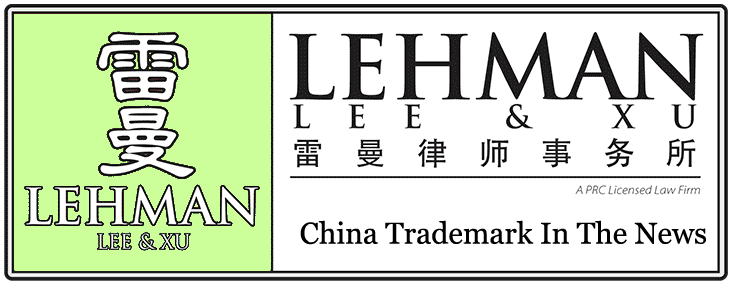Trademark law gives companies the exclusive right to use a given name or design, called a “mark,” for the purpose of identifying the source the of that company’s goods or services. Trademark law is an incentive-based system. Because it gives companies the exclusive right to use a mark in connection with certain goods or services, the company can create a brand that is recognizable by the consuming public. That trademark would be associated with and incorporated into every advertisement the company runs for its goods or services. Repetition of those advertisements containing the trademark causes consumers to associate the mark with the goods and, with enough repetition, consumers buy the goods.
A brief, but related, digression. We all know that if you see a product advertised frequently enough, the product will sell. You might even be one of the people who buys the product. The thinking process by which you reached the decision to buy the product is not an intellectual, logical process. It’s a function of the way the human mind works. Continually hearing a repeated message makes the message more familiar, more real, and, eventually, more true. As the adage says, “even the boldest lie becomes the truth if you scream it loud enough and long enough.” I call this the “Lie = Truth” Adage. Sadly, I frequently encounter the “Lie = Truth” Adage in litigation. I also know of some politicians and terrorist masterminds who are experts at exploiting this fact of human nature.
Back to trademarks. The advertising departments at most companies know the “Lie = Truth” Adage can be very successful in advertising. The cynic would pump his fist in the air yell “Down with the corporations, and power to the people! All the corporations care about is taking our money at all costs!” While we can point to some recent examples that might make it challenging to argue against this viewpoint, as to the overwhelming, vast majority of companies, that view simply cannot be supported.
Trademark law creates very strong incentives for companies to make the highest quality product possible and to advertise their merits and attributes accurately. Aside from the fact that companies invest anywhere from tens of thousands to millions of dollars into their trademark(s), all it takes is one bad product line to tarnish a companies image in the mind of the consumers who buy their products. Both of these factors hit companies where it hurts them most: in the pocketbook. So, while companies clearly have to perform a balancing act of creating a high quality product, keeping costs down, and pulling in as many purchasers as possible, they have very strong incentives to create a quality product that they will associate with their trademark.
To be eligible for any level of trademark protection, a mark must be “distinctive” and not merely “descriptive” of the goods or services. Whether a mark is distinctive and “how” distinctive or strong the mark is can be determined by a sliding scale. Marks can be (1) fanciful; (2) arbitrary; (3) suggestive; (4) descriptive; or (5) generic. Whether a particular mark is protected by trademark law depends on the strength category into which it falls.
A fanciful mark is one that is invented for the sole purpose of being a trademark. For example, EXXON is a fanciful mark. It is a word that does not exist in the English language and was created only for the purpose of identifying the oil and gas company.
An arbitrary mark is typically an existing word that is arbitrarily applied to a product or service that has nothing to do with the word. For example, the mark APPLE as applied to sales of computers.
A suggestive mark is a mark that suggests a quality or characteristic of the goods or services. Suggestive marks require some level of imagination to bridge the connection between the mark and the product. For example, the mark PENGUIN as applied to refrigerators.
A descriptive mark is a word that merely describes a quality or characteristic of a product. Descriptive marks are not entitled to trademark protection unless they have obtained “secondary meaning” under the trademark law. An example of a descriptive mark would be LIGHT to identify a lightweight notebook computer.
A generic mark simply identifies by name a particular product. Generic marks are never entitled to trademark protection. An example of a descriptive mark would be MODEM in connection with modem sales. If trademark protection were allowed in this instance, the company could essentially remove the word “modem” from the English language.
http://www.inventionpatenting.com/trademark-article-46.html |


